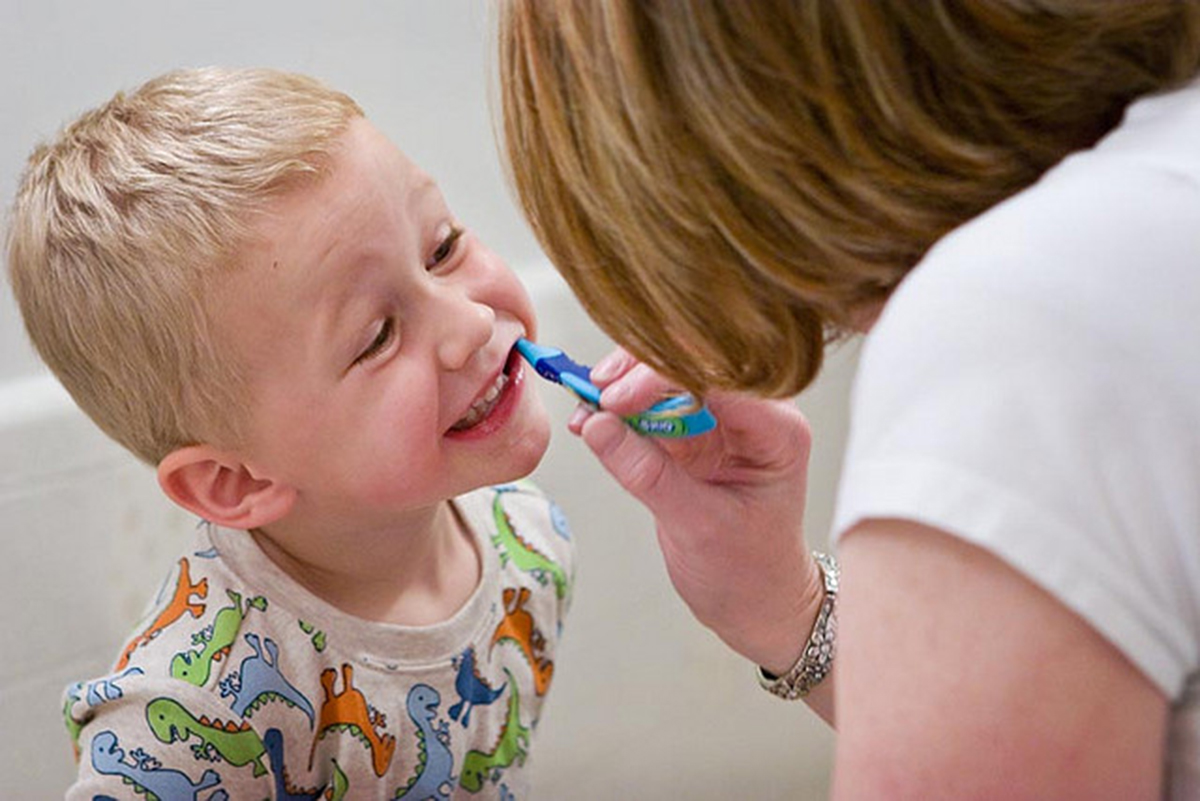Table of Contents
How do the milk teeth guide permanent teeth to their positions? The developing permanent teeth are in close proximity to the roots of the milk teeth. In fact, the roots of the milk teeth start to get destroyed from pressure exerted by the permanent teeth and eventually become loose and fall out.
Now, here is the caveat that parents need to remember. There is no certainty that the permanent teeth will erupt in their right position if all the deciduous teeth remain in place, nor is there any guarantee that the permanent teeth will erupt in malpositions if the deciduous teeth are extracted early.
Both the scenarios are demonstrably more likely to occur, however.
Milk Teeth Save Space Inside The Jaws For The Permanent Teeth
The crowns or the part of the teeth that are visible inside the mouth are responsible for maintaining enough space for the permanent teeth to come out. All our teeth, primary or permanent, have a tendency to shift into empty spaces. Thus, space for the permanent teeth can be lost if the primary teeth are extracted too early.
This is also the same reason why decayed primary teeth should be restored and covered with crowns if necessary.

There Are Plenty Of Options To Save The Milk Teeth
As with any other medical procedure, constant supervision, regular checkups, and early intervention will help save time, money and discomfort to the patient. In the case of decayed milk teeth, this means getting cavities filled at the earliest possible time before there is a need for root canal treatment to be performed.
The milk teeth are smaller in size and thus the decay can get to the nerve endings at the center of the teeth much faster. Even a seemingly small amount of decay may need a root canal procedure.
If your child has suffered from tooth decay in the past, then consider getting a pit and fissure sealant procedure or a tooth fluoridation program to try and reduce the possibility of further decay happening.
A Few Situations Where Extraction Of Milk Teeth Is Okay
There are a few situations where the dentist might consider extracting the milk teeth. The first is when the successor permanent tooth is about to erupt and so removing the milk tooth will not make a difference.
The other is when the milk tooth is still in the mouth even though the successor permanent tooth has erupted in the mouth. Such a milk tooth is called an over-retained deciduous tooth and it can wreak havoc on the dentition.
Another situation where dentists might remove the milk tooth ahead of time is when the patient in question is unable to afford or unwilling to undergo any other treatment. Such decisions have to made in developing nations where other treatment options are just inaccessible. Eventually, the doctor may decide to relieve the child of pain and discomfort and to try and weed out the current infection through extractions.
- www.theguardian.com/society/2011/jan/09/children-tooth-decay-dentist-monty-duggal
- expertbeacon.com/baby-teeth-wait-them-fall-out-naturally-or-get-them-pulled/#.WIi08FN97IU
- cyberdentist.blogspot.in/2006/09/they-are-just-baby-teeth-why-fix-them.html
- Photo courtesy of lydialark: www.flickr.com/photos/lydialark/5813627458/
- Photo courtesy of makelessnoise: www.flickr.com/photos/makelessnoise/3610103532/
- Photo courtesy of makelessnoise: www.flickr.com/photos/makelessnoise/3610103532/
- Photo courtesy of


Your thoughts on this